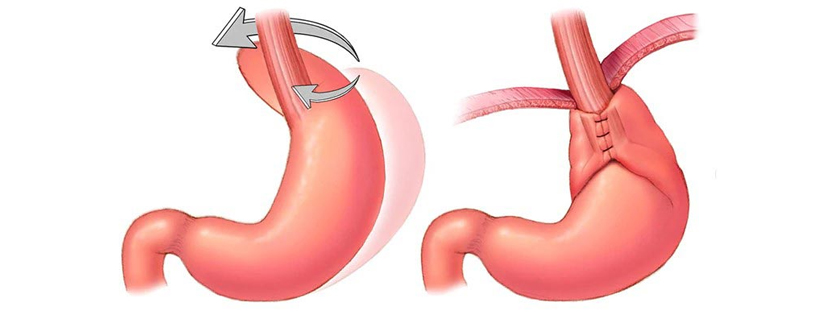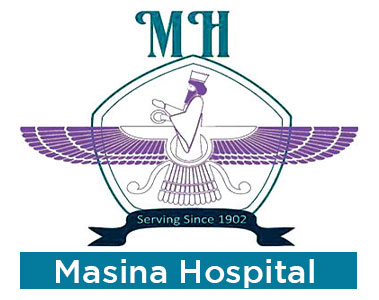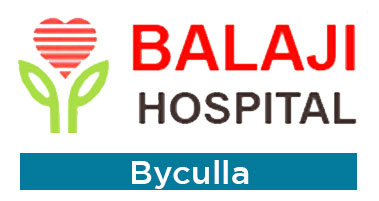Laparoscopic Fundoplication

Laparoscopic fundoplication is a surgical procedure that is used to treat gastroesophageal reflux disease (GERD) and hiatal hernia. During the procedure, the surgeon uses a laparoscope, a thin tube with a camera and light on the end, to visualize the inside of the abdomen and perform the surgery through small incisions in the abdominal wall.
The procedure involves wrapping the upper part of the stomach (the fundus) around the lower esophageal sphincter (LES), which is the muscle that separates the esophagus from the stomach. This creates a tighter valve that helps prevent stomach acid and contents from flowing back up into the esophagus, which is the main symptom of GERD.
Laparoscopic fundoplication is generally considered a safe and effective treatment for GERD and hiatal hernia. Recovery time is usually shorter compared to traditional open surgery, with less pain and scarring. However, like any surgery, there are potential risks and complications, such as bleeding, infection, and difficulty swallowing. Patients should discuss the risks and benefits of laparoscopic fundoplication with their doctor to determine if it is the right treatment option for them.
Types of Laparoscopic Fundoplication
Laparoscopic fundoplication can be performed in different ways, depending on the extent of the surgery and the patient's specific condition. Here are some of the different types of laparoscopic fundoplication:
- Nissen fundoplication: This is the most common type of laparoscopic fundoplication, in which the upper part of the stomach is wrapped around the LES to create a tighter valve.
- Toupet fundoplication: This procedure is similar to the Nissen fundoplication, but the wrap is not as tight, allowing for better food passage.
- Dor fundoplication: This procedure involves folding the stomach around the esophagus to create a smaller valve, rather than wrapping it around the LES.
- Hill fundoplication: This is a modified version of the Nissen fundoplication, where the fundus is attached to the esophagus and diaphragm to create a more stable and durable valve.
Your surgeon will recommend the type of laparoscopic fundoplication that is most suitable for your condition, based on factors such as the severity of your GERD and any underlying medical conditions you may have.










